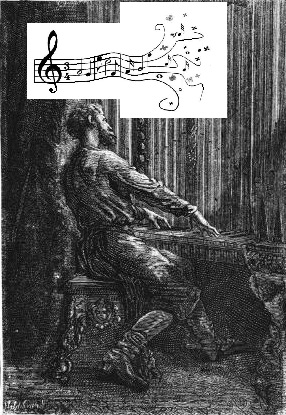My favorite novel is Jules Verne’s 20,000 Leagues Under the Sea. Still, the book is not free of literary flaws. Let’s examine them.
Before diving into those, allow me to remind you I’ll be co-editing an anthology paying tribute to Verne’s novel. Along with award-winning author and editor Kelly A. Harmon, I’ll be launching Twenty Thousand Leagues Remembered on June 20, 2020, the sesquicentennial of the classic submarine tale. Click here for details on when and how you can contribute a short story to this anthology.

Regarding the weaknesses of 20,000 Leagues, I know it’s unfair to judge a Nineteenth Century French novel by the standards of Twenty First Century America. Still, it is a classic, and therefore it must explore universal and enduring facets of the human condition. It does so, as I discussed here, but some aspects of the work have not stood up well by modern standards.
Submarine
Verne devotes two whole chapters to a tour of the Nautilus and a discussion of its features and capabilities. No modern writer would risk boring readers that way. In truth, some of us like these chapters, and I credit them with inspiring me to major in Naval Architecture at college, but for most readers these tedious details are unnecessary.
Women
No significant female characters appear in the work, a glaring defect by modern standards. The only mentions of women are a brief reference to Ned Land’s former fiancée, Kate Tender (Really? Kate Tender?) and a moment when Pierre Aronnax spies Captain Nemo kneeling and crying before a portrait of a woman—presumably Nemo’s former wife—and two children. Few of Verne’s novels feature female characters, and he might have found it difficult to write one into this story, had he been so inclined. Film versions of the novel often include women, though.
Protagonist
Any well-written novel has a clear protagonist. Who is the protagonist in 20,000 Leagues? Before you answer, recall a protagonist is at the center of a story, propels the plot forward, makes key decisions, faces the obstacles, and endures the consequences.
You could make a case that Captain Nemo is the protagonist, making all the novel’s key decisions and driving the plot along. The consequence of his mounting hatred against oppressive nations is that he goes mad at the end.
However, most reviewers consider Pierre Aronnax the protagonist. He’s the narrator through whose eyes we see all the action. He faces a significant conflict—whether to stay aboard with Nemo the Ultimate Marine Biologist, or escape from Nemo the Insane Pirate. Still, Aronnax is a weak protagonist, more of an observer of events, a scientist studying Nemo’s decisions.
Motivation
In modern literature, no antagonist can be purely evil without a reason. In our post-Freud world, we must know the backstory behind the ‘bad guy.’ As an antagonist (if he is one), Captain Nemo seems driven by forces kept obscure and never revealed. We’re left to wonder why someone would gather a crew, construct a submarine, shun all inhabited land, and sail around the world attacking ships from certain nations. In this novel, readers see a few vague hints about Nemo’s motives and background. Only in Verne’s later novel, The Mysterious Island, do we come to understand what made Nemo tick.
Fish
Among the major turn-offs for modern readers are the long, tiresome descriptions of fish. To give his work credibility, Verne wrote on and on about the fish seen by his characters. Long paragraphs with lists and details litter the work. While acceptable, and even standard for novels of his time, these extensive descriptive paragraphs would be recommended for deletion by any editor today. As if knowing he might bore some readers, Verne structured these descriptions such that a reader could skip to the next paragraph without missing anything.
Please forgive me for taking these unfair swipes against a literary classic. If I point out the tiny blemishes making this novel less than perfect for modern readers, I do so out of love, and with full recognition of the glorious masterpiece it is. Writing a novel half as good as 20,000 Leagues remains a dream cherished by—
Poseidon’s Scribe
